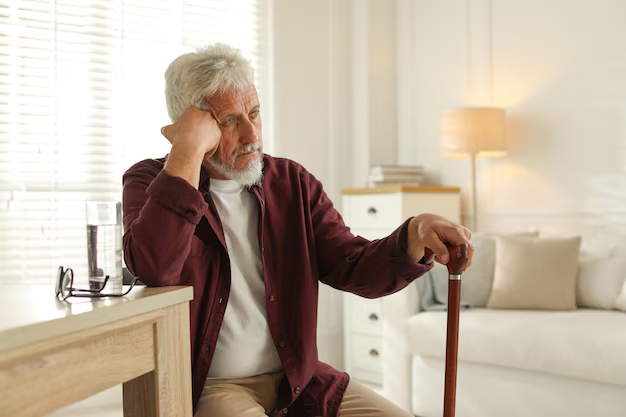Is Pain an Unforeseen Symptom of Parkinson's Disease?
Parkinson's disease is often associated with its hallmark symptoms—tremors, slow movement, and stiffness. Yet, many are surprised to learn that pain is another prevalent and distressing symptom experienced by those with the condition. Understanding this nuanced aspect of Parkinson’s is crucial for managing it effectively and ensuring a better quality of life for patients.
The Connection Between Parkinson's and Pain
Pain in Parkinson's disease can manifest in various forms, influenced by different factors. These can generally be divided into several categories:
Musculoskeletal Pain: This is the most common type and is often due to muscle rigidity and stiffness. Aches and discomfort, particularly in the shoulders and neck, are frequently reported.
Neuropathic Pain: As Parkinson’s affects the nervous system, it can lead to nerve pain, which is often described as burning or tingling sensations.
Dystonic Pain: Caused by sustained muscle contractions, this type of pain can be particularly severe and is associated with involuntary movements or postures.
Akathisia: This involves an uncomfortable feeling of restlessness, often coupled with an urge to move.
Dealing with such pain is a significant part of living with Parkinson’s, emphasizing the importance of timely diagnosis and a comprehensive approach to treatment.
Managing Pain in Parkinson's
Effective pain management in Parkinson's involves multidisciplinary approaches:
Medication: Adjustments to Parkinson’s medications can sometimes alleviate pain, specifically when pain is due to motor symptoms. Pain-specific medications might also be prescribed.
Physical Therapy: Engaging in regular physical activity tailored by a physical therapist can help maintain mobility and reduce discomfort.
Occupational Therapy: This helps in finding ways to carry out daily activities without pain. Simple adaptations in lifestyle and tasks can make a world of difference.
Alternative Therapies: Techniques such as massage, acupuncture, or yoga may offer relief for some individuals.
These strategies highlight that pain management is a key component of a comprehensive Parkinson's care plan.
Navigating Financial Avenues for Parkinson's Care
Living with Parkinson's introduces not just health challenges but financial ones as well. The costs associated with treatment—medications, therapies, and potential caregiver support—can be substantial. Fortunately, there are several financial assistance options to explore.
Government Aid Programs: Programs like Social Security Disability Insurance (SSDI) provide financial support if Parkinson's makes it impossible to work. Medicare and Medicaid may also offer additional healthcare coverage options.
Nonprofit Support: Organizations dedicated to Parkinson's disease often provide grants or fund treatments and research for sufferers. They might also offer advice on managing finances related to the disease.
Debt Relief Options: If medical bills are mounting, consulting with a financial advisor about consolidating or negotiating debt may be beneficial.
Educational Grants for Dependents: If you are juggling care and education expenses, investigate scholarships or grants for children of parents with serious medical conditions.
Financial and Educational Resources
💰 Financial Assistance Programs:
- Social Security Disability Insurance (SSDI): Provides monthly payments to those who qualify.
- Medicare/Medicaid: Offers healthcare coverage and may help with the cost of medications and care.
- Patient Assistance Programs: Pharmaceutical companies often provide drugs at reduced or no cost to eligible patients.
📚 Educational Opportunities:
- Scholarships for Families Affected by Parkinson's: Some educational institutions or nonprofits offer financial aid for students whose families are affected by the disease.
- Continuing Education Grants: Programs designed to help those who need to change careers due to health issues.
Exploring these resources can significantly alleviate the financial burden and offer pathways to sustainable management of the disease. Addressing the twin challenges of pain and finance is vital to improving the quality of life for those with Parkinson’s and their families.

Related Topics
- Are There Environmental Causes Of Parkinsons
- Can Alcohol Cause Parkinson's
- Can Concussions Cause Parkinson's
- Can Concussions Cause Parkinson's Disease
- Can Dogs Get Parkinson's Disease
- Can Dogs Get Parkinsons
- Can Dogs Have Parkinson's
- Can Dogs Have Parkinson's Disease
- Can Females Get Parkinson Disease
- Can Head Trauma Cause Parkinson's